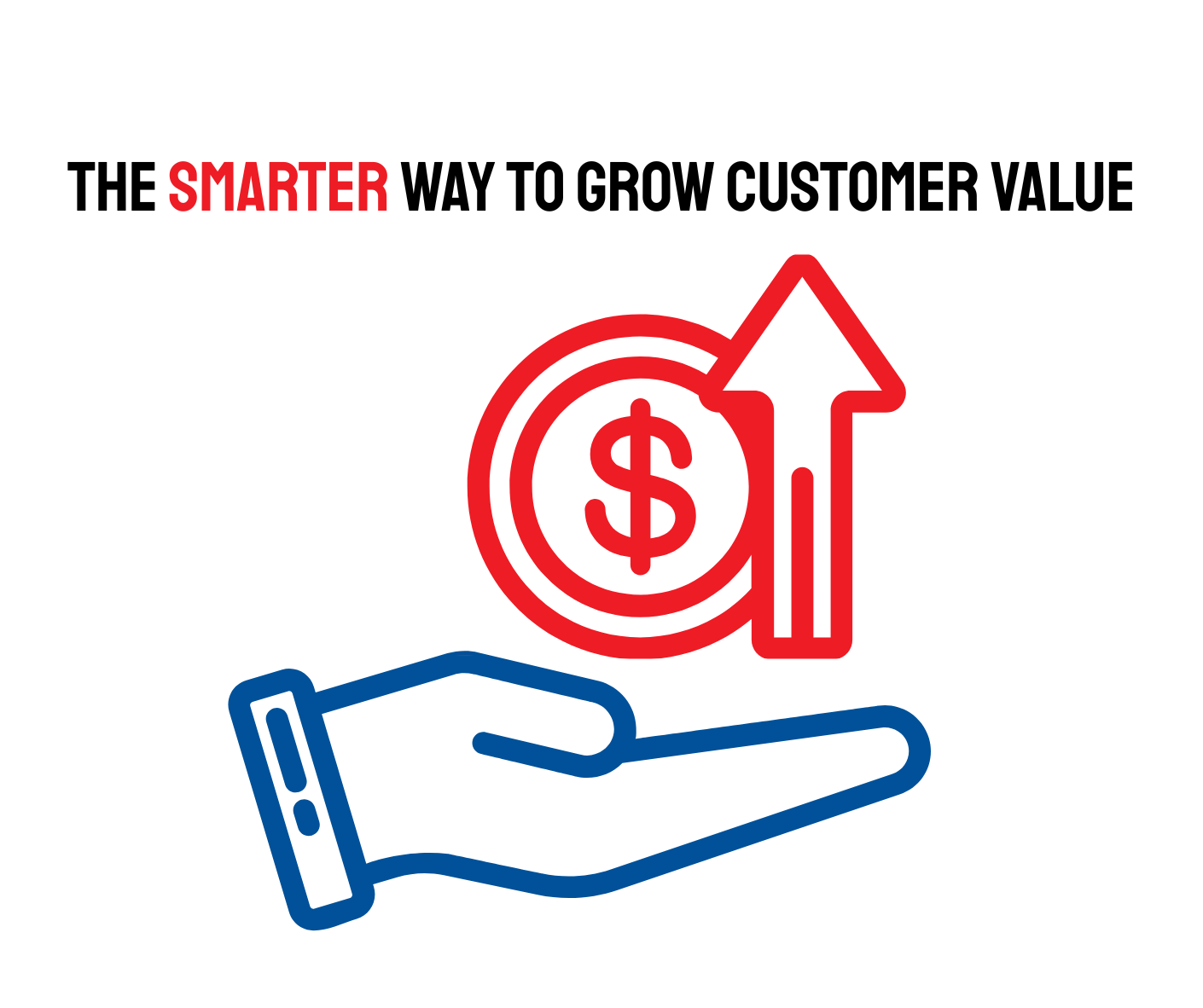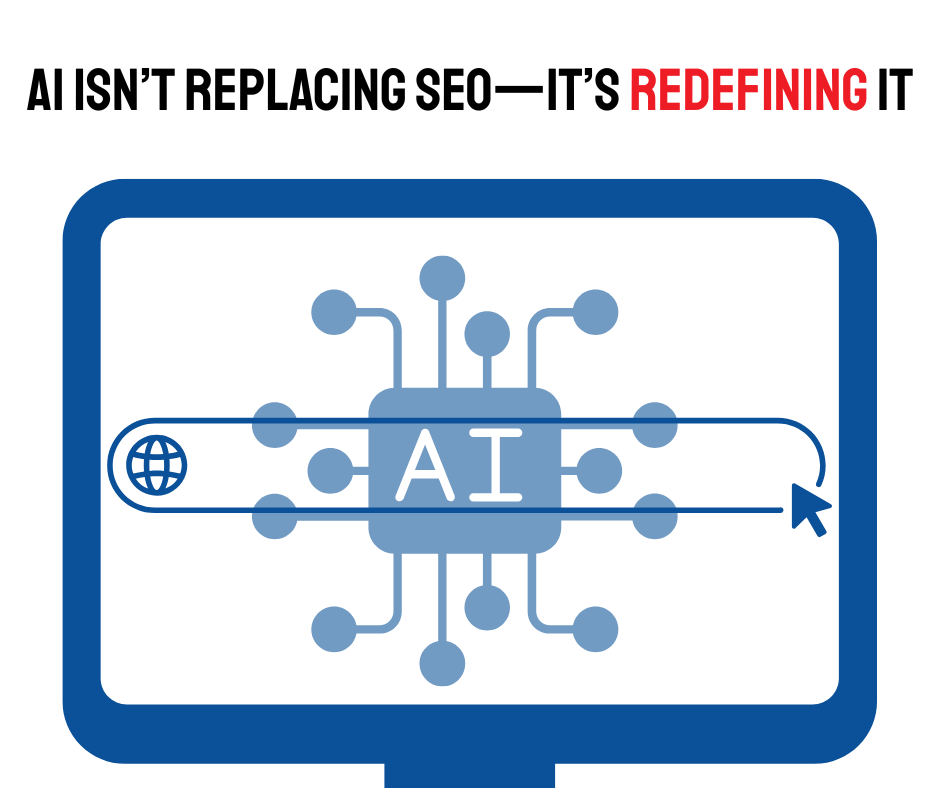9 Tips for Creating an Instagrammable Small Business Season
The holiday season (and Small Business Season!) is upon us! It's the perfect time to capitalize on the festive spirit to attract customers and boost sales. As a small business you also want to invite people to linger, especially if you’re in retail. According to the Wall Street Journal, sales could increase as much as 40% for stores that are welcoming and encourage relaxation and invitations to “stay a while.” Holiday decorations and photo ops are great ways to do this.
Plus, social media plays a pivotal role in marketing. Creating an Instagrammable Christmas display can be a game-changer for your business. Let’s dive right in to how you can create captivating photo ops and over-the-top displays that will inspire word-of-mouth marketing and make your small business shine this holiday season.
1. Start with a Thematic Vision
Every great display starts with a strong concept. Consider your brand's identity and the story you want to tell. Think of themes that fit your audience, their hobbies, needs, and preferences. Whether it's a winter wonderland, a cozy cabin retreat, or a modern twist on classic holiday themes, having a clear vision will guide your design stand out and get photographed. When it does, and people post to social, that will attract more visitors.
2. Use Eye-Catching Decorations
Choose decorations that not only match your theme but also make a bold statement. Oversized ornaments, string lights, and custom-made props can add a touch of uniqueness and pizzazz to your display. Don't forget to incorporate your brand colors and logo into the design to make it instantly recognizable.
If you’re gotten an amazing product in or are offering a spotlight service, you can design decorations or a backdrop around it to draw eyes and phones.
3. Embrace the Power of Lighting
Proper lighting can transform an ordinary display into a captivating scene. Use a combination of warm and cool LED lights to create a magical atmosphere. Twinkling lights, spotlights, and neon signs can add drama and depth to your Christmas display, making it more Instagram-worthy.
4. Create Shareable Moments
Consider adding interactive elements to your display. Think about what would make people want to snap photos and share them on social media. Whether it's a cozy nook with plush blankets and hot cocoa, a Santa Claus photo booth, or an artfully arranged holiday merchandise, these photo ops can draw customers in and boost engagement. For more effective word of mouth marketing, incorporate photo ops for adults, pets, couples, family, and their children.
5. Encourage User-Generated Content
To leverage the power of word-of-mouth marketing, encourage customers to share their photos on Instagram and other social platforms. Create a branded hashtag specific to your Christmas display to collect and curate user-generated content. Offer incentives like discounts or giveaways for the best posts using your hashtag. Make sure your hashtag is posted near your displays or throughout your store/business. You can even create an appealing sign or product using your product to remind people of it.
6. Host Special Events
Hosting special events like tree-lighting ceremonies, caroling nights, or holiday-themed workshops can create excitement around your business. These events not only attract potential customers but also offer additional photo opportunities for visitors to share on their social media accounts.
7. Collaborate with Local Influencers
Consider partnering with local influencers or micro-influencers to visit your small business and create content around your Instagrammable Christmas display. Their endorsement and large follower base can help spread the word about your business.
8. Keep it Fresh
Don't let your display become stagnant. Update it periodically with new decor, interactive elements, or fresh merchandise. This will encourage repeat visits and keep your customers engaged throughout the holiday season.
9. Monitor Social Media Engagement
Track your social media engagement and measure the impact of your Instagrammable display. Pay attention to the posts, likes, shares, and comments to gauge your success and make necessary adjustments for better results.
Creating an Instagrammable Christmas display for your small business can be a strategic move to boost your brand visibility, attract new customers, and enhance word-of-mouth marketing throughout Small Business Season and beyond. With a well-thought-out concept, attention to detail, and a focus on creating shareable moments, your business can leave a lasting impression. So, start planning your festive display today, and watch your small business shine bright and get even greater attention this year.
--------
This article published by the Leavenworth-Lansing Area Chamber of Commerce with permission from Frank Kenney Chamber Pros Community.




